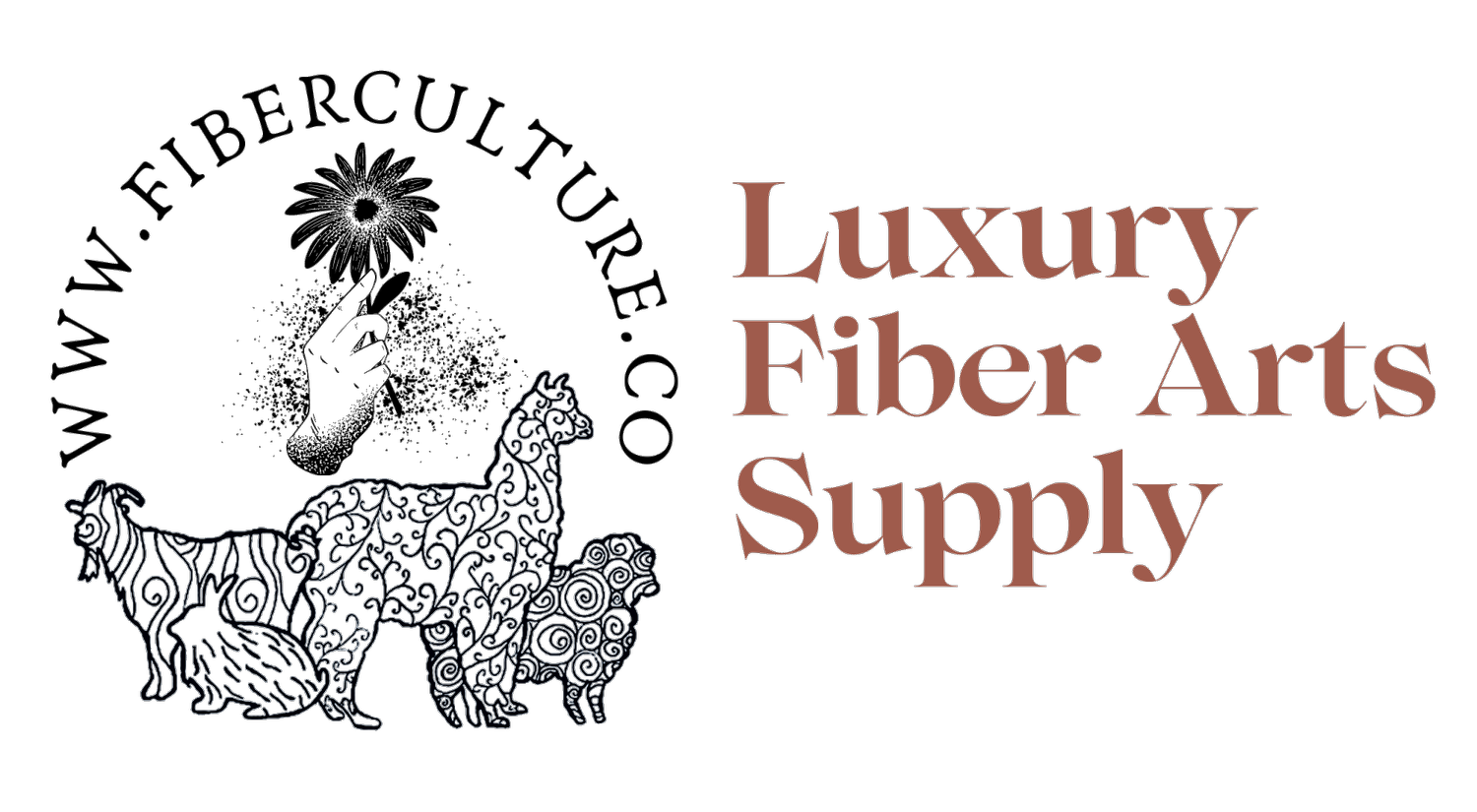
The Magic of Natural Dyes Beginner Course
This skill building program will take you through the full natural dye process, using a combination of both traditional folk and modern dye techniques to successfully collect, extract, and use plant color on yarn and fabrics. This course is built for the budding home dyer, textile designer, exploring artist, or fiber farmer.
-
-
Welcome to the Magic of Natural Dyes!
This skill building program will take you through the full natural dye process, using a combination of both traditional folk and modern dye techniques to successfully collect, extract, and use plant color on yarn and fabrics.
This skill building program will take you through the full natural dye process, using a combination of both traditional folk and modern dye techniques to successfully collect, extract, and use plant color on yarn and fabrics.
-
-
-
-
Choosing Textiles to Dye
We must use natural fibers, yarn, fabrics, or textiles when creating a successful natural dye project.
We must use natural fibers, yarn, fabrics, or textiles when creating a successful natural dye project.
-
Sourcing Natural Dyes and Pigments
Flowers, leaves, roots, bark, berries- so many plant parts of so many different plants contain usable natural color.
Flowers, leaves, roots, bark, berries- so many plant parts of so many different plants contain usable natural color.
-
-
-
Planning Our Dye Project: Dyeing Wool Yarn with Marigolds
Let’s plan our dye project together, following a simple dye recipe.
I will be dyeing two 100 gram, wool yarn skeins, using fresh marigolds from the garden. To prep the skeins, I will mordant them using Aluminum Potassium Sulfate.
Let’s plan our dye project together, following a simple dye recipe.
I will be dyeing two 100 gram, wool yarn skeins, using fresh marigolds from the garden. To prep the skeins, I will mordant them using Aluminum Potassium Sulfate.
-
Preparing Our Textiles: Scouring
Before we do anything, we must start with clean textiles- any grease, detergents, or residues on our yarn, fabric, or garments will interfere with our color results. We’ll learn the official cleaning methods here.
Before we do anything, we must start with clean textiles- any grease, detergents, or residues on our yarn, fabric, or garments will interfere with our color results. We’ll learn the official cleaning methods here.
-
Preparing Our Textiles: Mordanting
Pre-treating your textiles with a mordant is the key to long lasting color.
Pre-treating your textiles with a mordant is the key to long lasting color.
-
-
-
-
-
Bonus Module: Eco-Printing Fabrics
Learn the process of using flowers, leaves and other plant materials to imprint natural designs on fabric or clothing.
Learn the process of using flowers, leaves and other plant materials to imprint natural designs on fabric or clothing.
-
Bonus Module: Fresh Color Stenciling
Using fresh plant materials and stencils, we can simply add detailed designs to our fabric.
Using fresh plant materials and stencils, we can simply add detailed designs to our fabric.
-
Bonus Module: Flower Pounding (Hapa Zome)
Crisp flower and leaf imprints can be made using only a hammer and some mordanted fabric.
Crisp flower and leaf imprints can be made using only a hammer and some mordanted fabric.
-

